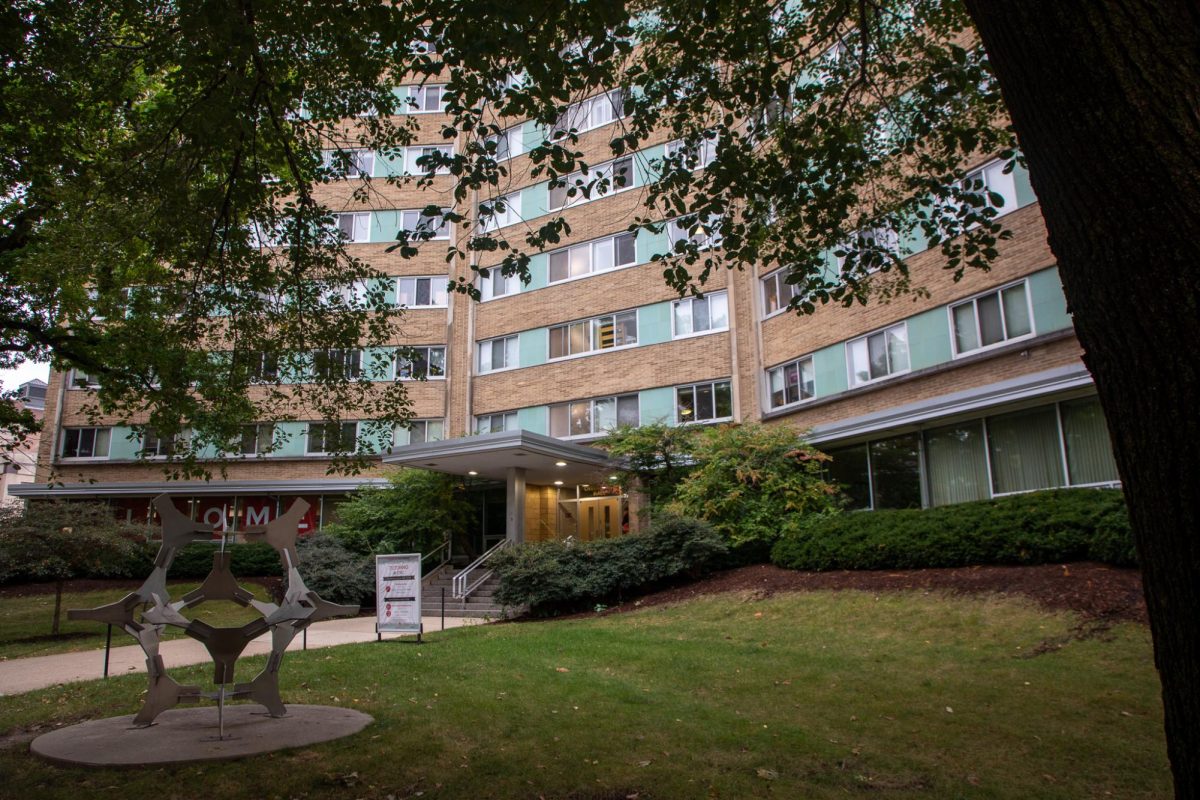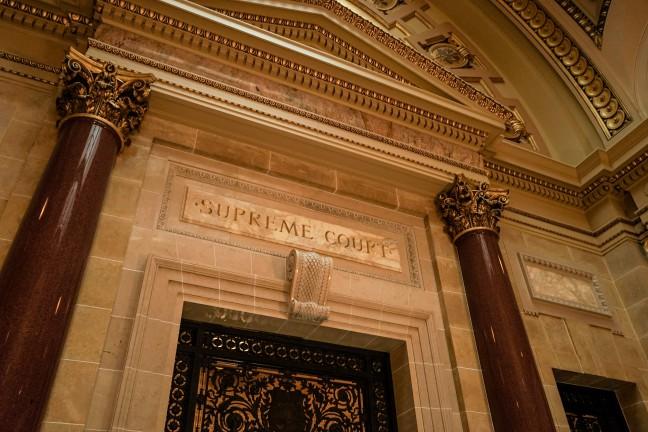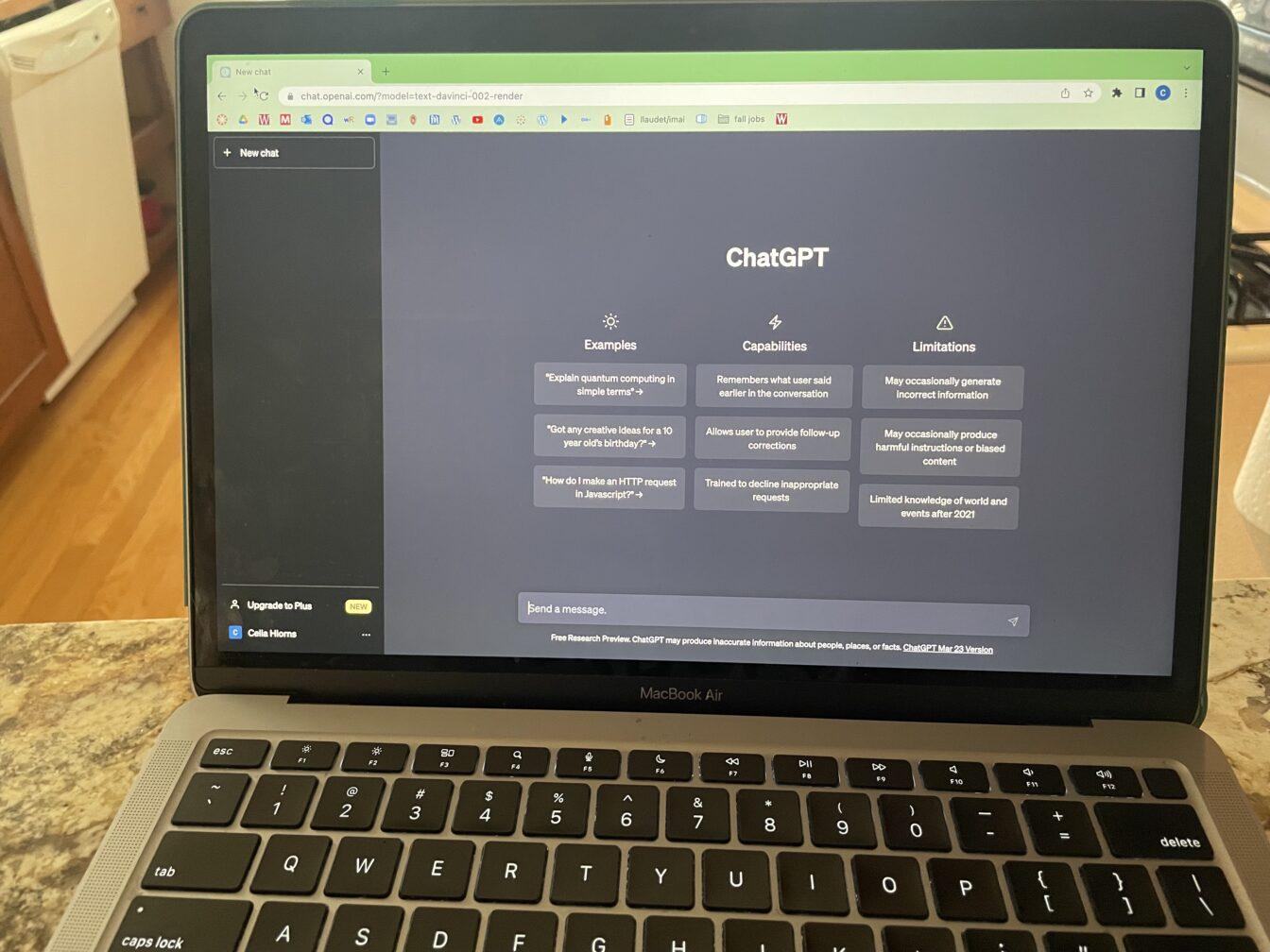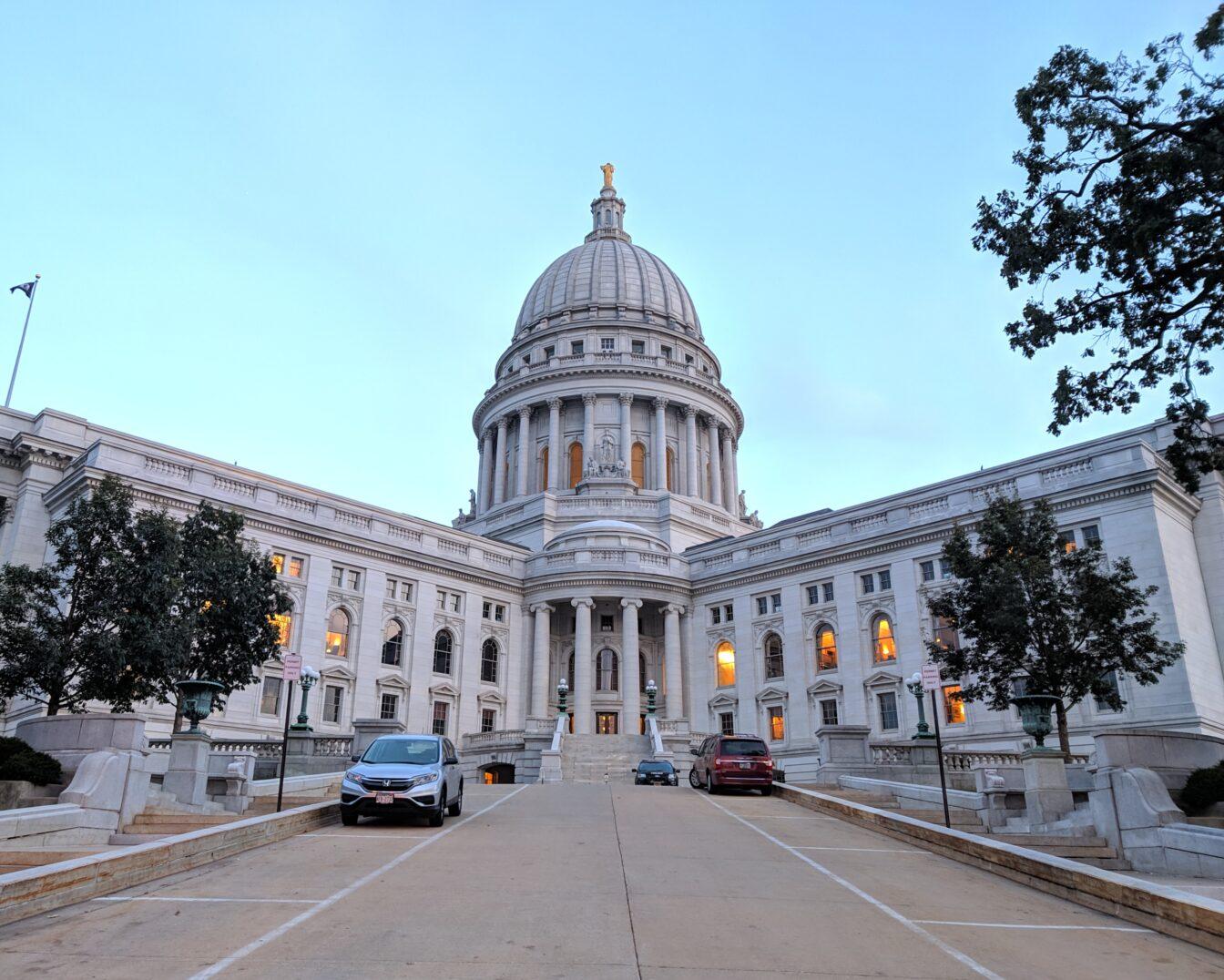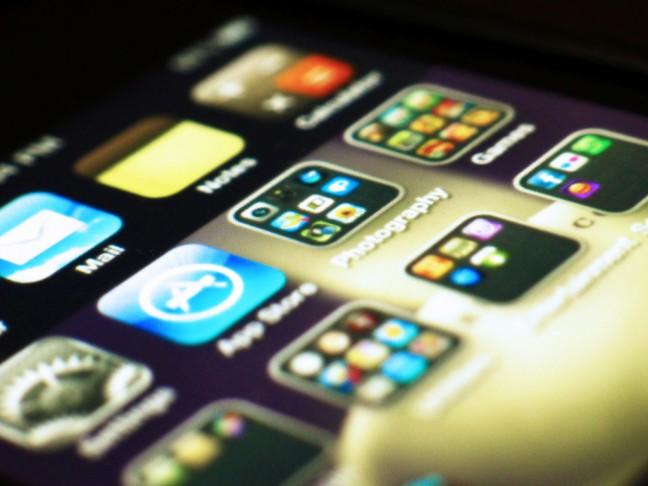Joe, schmoe. Tea time can be all the time when you infuse your day with the world’s most popular drink.
So, it’s been brought to my attention that there’s a misconception out there about tea-drinking: something along the lines of it being only for the elderly, or the tamest and lamest of hipsters. Now here’s where all you coffee addicts (read: Lin) get to hear what’s what – and learn once and for all that tea is the shit.
Granted, I am a person that gets off on things like embroidery, reading a book, Feist and James Taylor, which I fully realize to the onlooker fits the bill more or less for “tamest and lamest.” But there’s far more to tea than meets the eye.
When it comes to flavor, both drinks give off an initial muddy-water vibe to the unaccustomed taster. However, I would argue that the aroma of tea sets it apart, as well as the varying depth present within that depends on which myriad blend you may choose.
Black, green, oolong, black, white, darjeeling, Irish breakfast, chamomile, earl gray – the variety is almost infinite. For coffee there’s just … coffee. Tea may be intentionally bitter, but the taste hurts so good – whereas coffee is just another bad-tasting substance that some suffer through in an attempt to stay awake.
Here’s all you really need to know to nip this debate in the leaf. The book “The Empire of Tea” was written by Iris Macfarlane, who is married to a tea planter, and her son Alan – which thankfully gives you the adorable image of the three of them sitting at home every night sipping tea together. The book cites tea as the world’s most popular drink; the amount of tea consumed equals more than coffee, hot chocolate, soft drinks and alcohol combined.
So if drinking tea means I have the personality of a dreary, ancient woman, then at least I’m in good company.
There’s only one drink suitable for studying, and it’s the one that doesn’t come in a “Sleepytime” variety.
Four words: Dunkin’ Donuts Original Blend. Four more: Coffee wins hands down.
Enough of this keep-calm-and-carry-on bullshit. Real studying demands a drink that straightens your spine and forces your eyelids open well past a point you previously thought physiologically possible.
Let’s characterize these beverages in the most fair and unbiased terms possible. If tea had a mascot, it would be the teabag: a floppy, porous, wet sack of ground-up leaves shuffling along on Teva-clad feet, pushing up its glasses between steps. Its lonely string would drag behind it like a beacon of impotence. The crumpled paper tag on the end would say “I’m not really comfortable being outside the cupboard.”
Coffee’s mascot? The bean. A pumped-up, high-energy fun-fest prone to bursting around doorways and screaming the opening lines of “The Numa Numa Song” while doing some weird thing with its arms. Actually, that sounds horrible now that I’m writing it. Grind it up. Filter some hot water through it.
A common complaint about coffee is the taste. “The bitterness,” they say. “Who could willingly ingest such a vile substance”? To which I say, Sarah, you’re doing it wrong. If your tea-addled tongue can’t grasp the nuance and beauty of the best bean for breakfast, you could at least do yourself the favor of loading your cup with half-and-half and sugar until you cut through that bitterness.
And the smell! What beats being gently nestled on a cold Sunday by an aromatic waft of morning joe brewed in your time-delayed coffeemaker through the door you forgot to close the night before, just beckoning you to slide on some slippers, tip-toe over to the kitchen, pour yourself a brimming cup and, fully recharged, head to the library for a full day of productive studying?
Nothing, is the answer. And certainly not tea.








